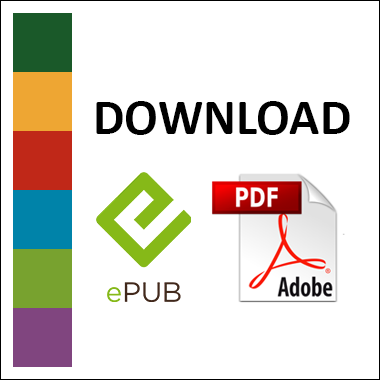 Determining what students understand is key to learning. But when it’s based on test results and not actual performance, depth of understanding can be lost.
Determining what students understand is key to learning. But when it’s based on test results and not actual performance, depth of understanding can be lost.
Assessment starts at the beginning – in the early planning stages and continues throughout the entire life of the inquiry, including the day-to-day teaching. Assessment guides the teaching and the learning throughout the inquiry.
Teachers are in the best position to identify what students need to learn. However, students have a strong role to play in discussing and debating what understanding might look like. What does exemplary work look and feel like? By involving students in establishing assessment criteria, everyone will have a clear understanding of how work will be assessed.
Other points on how assessment is central to effective inquiry-based work:
- All assessment practices are tied to specific tasks that make up the study. Whatever students have designed and constructed must work. The impact of the work on others is an integral component of assessment.
- Standards of assessment are more closely tied to the actual standards of the disciplines as they currently exist. Students are the artists, the scientists and the explorers.
- Adults other than the teacher are involved in performance assessment. These can be experts and other community members.
- Exhibitions of learning become a valued component of assessment. Self and peer evaluation is also a critical component of assessment.
- Students’ ability to defend their solutions, points of view or products is essential.
- The assessment program supports diverse points of view, different approaches to a problem and unique solutions, rather than standardization.
Once the teacher and the students have a clear idea of how the inquiry work will be assessed, it’s time to share this information with parents. Communicate in clear, ordinary language what students need to know, what they should be able to do, and what high quality work looks like.
Understanding by Design
According to author and educator Grant Wiggins, we often neglect a key question when planning classroom learning: Regardless of the format of the lesson, what evidence of understanding do we need, and where can we find it? What matters is how exams and projects are shaped, timed and assessed.
Here are three essential elements of understanding by design :
- There has to be clear, constant and prioritized focus on ‘understanding’ as an educational goal. Content mastery is NOT a sufficient goal in an understanding-based system; content mastery is a means, in the same way that decoding fluency is a means toward the real goal of reading – meaning, based on comprehension, from texts. This logic requires teacher-designers to be clear, therefore, about which uses of content have course priority since understanding is about transfer and meaning-making via content.
- The assessments must align with the goals via ‘backward design’; and the goals, as mentioned, should highlight understanding. So, there can be quizzes of content mastery and questions on the exam re: content, but the bulk of assessment questions and tasks cannot possibly be mere recall of content kinds in an understanding-based system. The issue is therefore not whether or not there are final exams but what kinds of questions/tasks make up any exams given; and whether the kinds of questions are in balance with the prioritized goals.
- The instructional practices must align with the goals. Again, that doesn’t mean content cannot be taught via lectures or that content-learning cannot be what lessons are sometimes about. But a course composed mainly of lectures cannot logically yield content use – any more than a series of lectures on history or literacy can yield high-performing historians or teachers of reading. The instructional methods must, as a suite, support performance with understanding.


